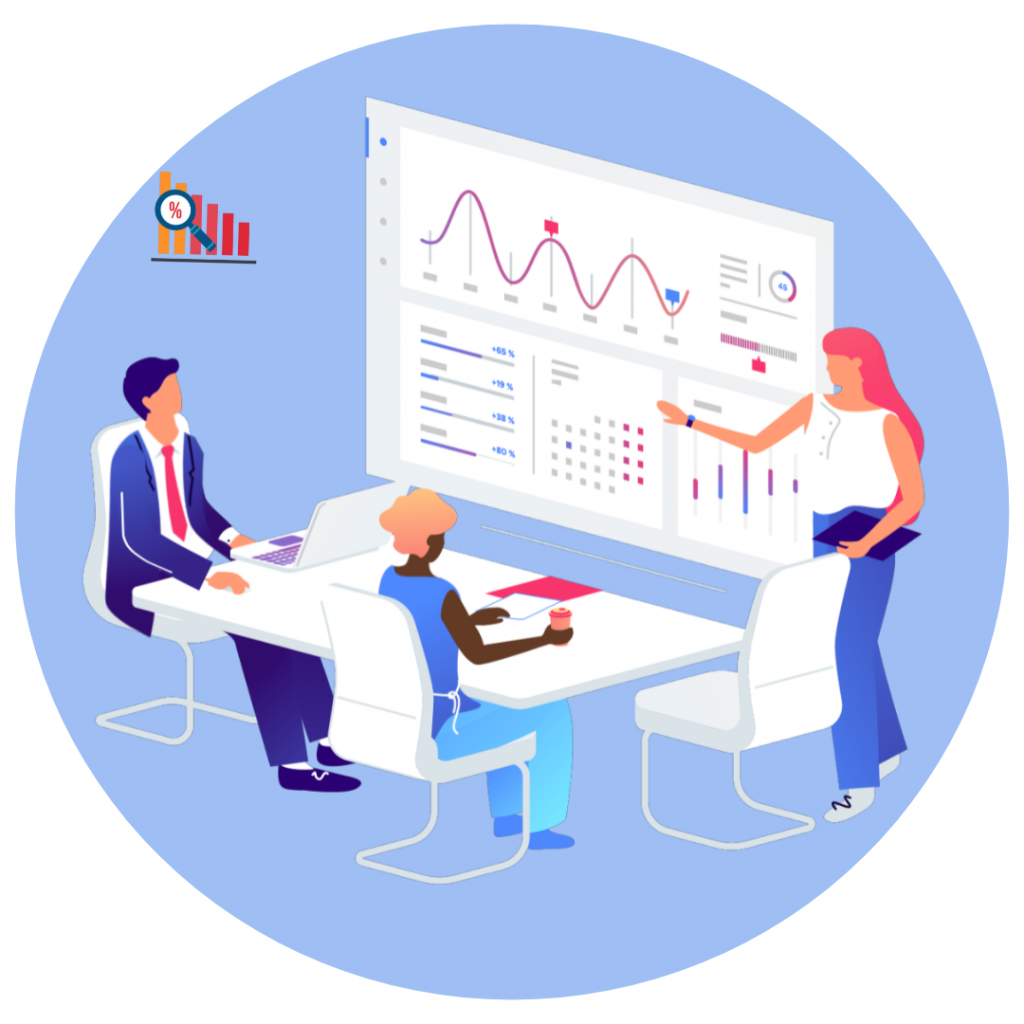
We have already written about leads and how to run the entire sales process well HERE. However, when we consider this subject in terms of action analysis, we need to look at it from a slightly different angle. This is primarily a study of lead conversion. Sounds complicated? I will try to explain it as simply as possible. 😉
We will first answer the question…
What is conversion?
The term is closely related to web marketing and refers to the action taken by a visitor to your website, a fanpage on Facebook, or a dedicated landing page. This action is a response to your call to action (CTA). This could be e.g. clicking on the „sign up for the course” button or completing the contact survey. To properly convert leads, you must specify first…
Conversion goal

How you optimize the website will depend on the goal you set for yourself. The goals depend on, among other things, the stage at which your relationship with the recipient of marketing activities is. However, the long-term goal will always be to sell, but before you can do that you need to get the data of a potential student. It is therefore worth setting short-term goals in advance and gathering information about potential customers using appropriate analytical tools. This will make you better match the offer and increase the probability of finalizing the transaction.
Short-term goals may be:
- subscription to the newsletter on the language school blog,
- enrollment in a test lesson,
- registration on the website by filling in the contact form,
- leaving the data in exchange for providing a file (e.g. e-book or webinar recordings),
going to the landing page with course offers, and many, many others. The goal, however, does not have to be just one-off action. A good example here is e.g. spending a certain amount of time on the website.
Conversion rate
The conversion rate is expressed as a percentage and describes the number of people involved in the intended activity and thus measures the effectiveness of your marketing activities. Sound a little complicated? So I’m going to give you an example that gives you a good idea of what I’m writing about. Suppose you start the course enrollments and create a special landing page on your website. The conversion factor here will be the number of people who, after clicking on the link with the offer, actually subscribe to this course. If there are 32 participants per 100 visitors, the rate will be 32%. However, the numbers are not always so round and easy to estimate, so at this stage, you will need Google Analytics to accurately measure the conversion on your website.
Reasons underlying low conversion rates
It is said that the high conversion rate is 10% and more. Of course, everything depends on the industry and sometimes already 5% can be a really good result. What if the ratio is really low?
First of all, find the underlying causes. Here are some of them:
- Page Speed – if the content on your website does not load fast enough, this is likely to discourage even the most patient users.
- UX – i.e. the User Experience, which testifies to the extent to which the website was tailored to the user. If since entering the page the student is bombarded with pop-up windows, the page is not responsive, CTA buttons (e.g. „sign up for the course”) are not visible, all this can cause the student to leave your website very quickly and enter a competition website. Remember, how a potential customer feels on your website is a testament to your level of professionalism. And if your site is chaotic, the same may be true for courses.
- Navigation – navigating the site should be easy, intuitive and as soon as possible lead the interested visitors to the information they are looking for.
- Low-quality content – website, FB, and other marketing tools are your showcase. If you think nobody reads it, you’re very much mistaken. On a semester scale, your student will spend a lot of hours at your school, so before making a decision they want to make sure that it will be a time well spent. And what I’ve come across is that websites focus in their content on learning methods that are the same as in other places and without the so-called waffling, you can’t write more than three sentences about them. Get to know each other and focus on what makes your school stand out.
- Wrong sales policy – most often it is focusing on price, not on quality. This is a mistake because customers focusing on price quicker move to the competition. And think about whether the communication is good or whether you’re starting to inform early on the arrival of new courses.
Optimize the Conversion Rate
Since we already know the definition of conversion and we know how to measure it, it is high time to learn the abbreviation CRO or Conversion Rate Optimization. This is an activity that allows you to improve the performance of your website. It is based on analytics and feedback from your potential customers. If the conversion rate is low, then by optimization you will find the underlying reason. But you have to be systematic and keep your hand on the pulse. It is important not to be influenced by others in this case, because as I mentioned above, everyone has a different goal or target group.
Remember! The conversion is about quality and not about quantity. Not always people who perform the desired action will be motivated by the purchase.
In addition to Google Analytics, which we have already mentioned several times, Google Optimize is also available. It is a CRO platform from Google that allows you to edit pages visually. This allows you to test different versions of the page and run content tests to improve conversion. Google Optimization is available in a free version, ideal for small and medium businesses.
I hope that despite some complicated and unusual terminology, the topic of conversion has become more familiar and more understandable to you. Of course, I look forward to hearing your questions, which each time inspire further articles. 😉
